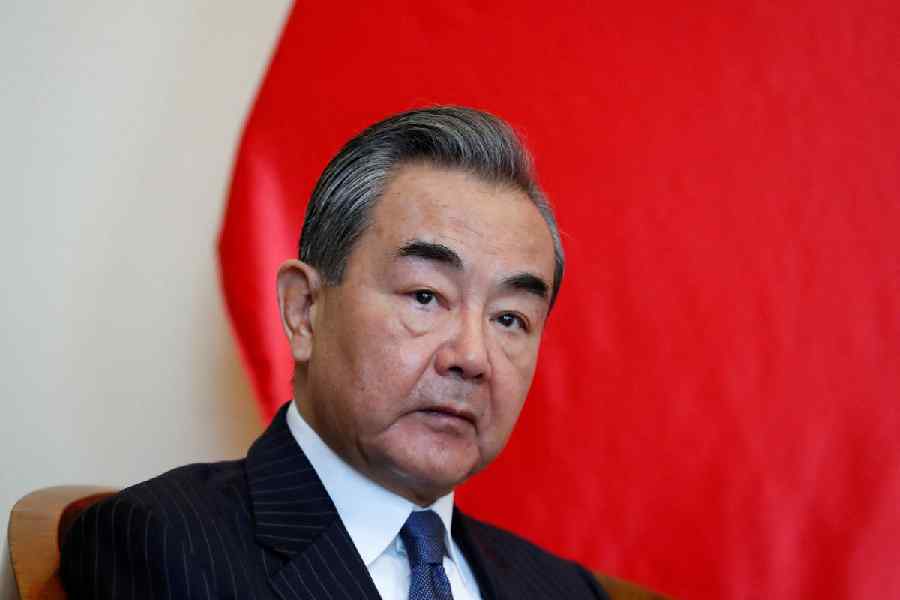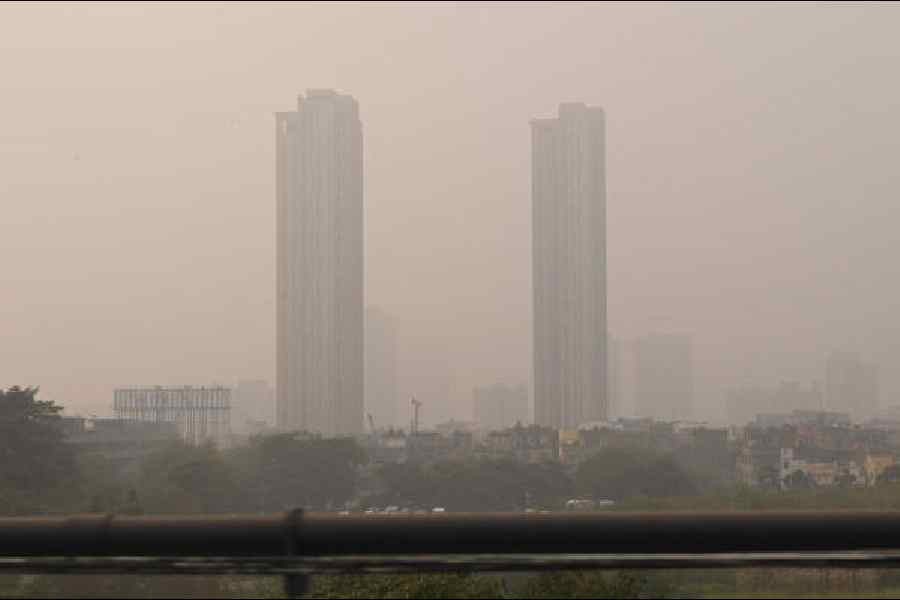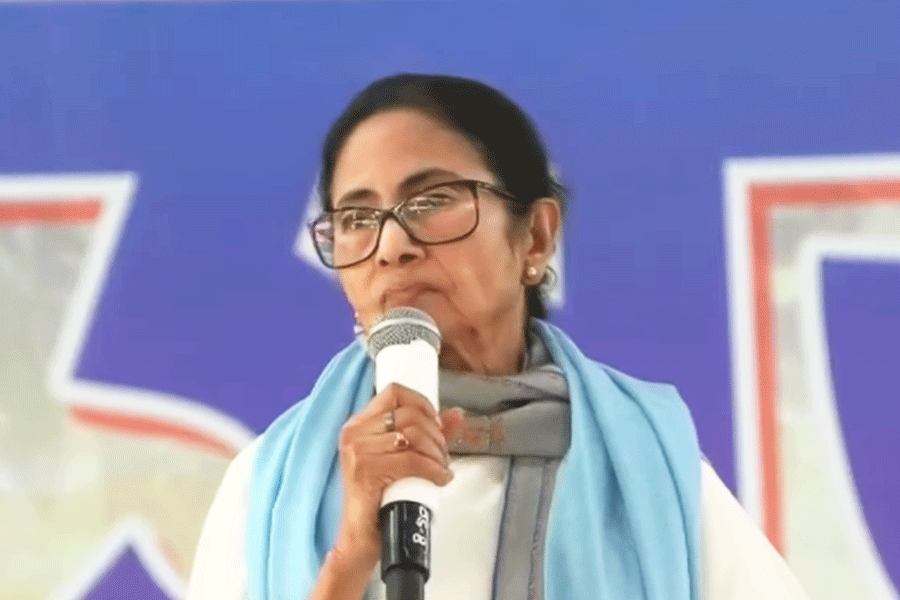|
|
The public sector came into its own in India with the attainment of independence. It found its clearest focus in the distinction between the private and the public sectors in the context of development planning. India’s first prime minister, Jawaharlal Nehru, did little to conceal his enthusiasm for the public sector and his distaste for the private. In his vision the public sector was to dominate the commanding heights of not only the economy but also the knowledge system, specially the institutions of science and scholarship. Suspicion and mistrust of the private sector remain deeply ingrained in the academic community.
In Nehru’s India, the private sector was associated with profit-seeking and the pursuit of self-interest, and the public sector with service to society. It was taken for granted that the public sector would act with a social conscience whereas few were prepared to concede a social conscience to business and commerce. By and large, business and commerce lived up to this image by putting very little money into philanthropy, other than for religious causes. This was in marked contrast with countries like the United States of America or even Japan.
The image of the private sector as self-serving and even anti-social maintains a strong hold over the Indian intelligentsia even today. But what about the public sector? Have the events of the last 60 years justified the trust in its benevolence and its social conscience? At the time of independence, the Soviet Union stood for the success of the public sector. Many Indian intellectuals genuinely believed in the benevolence of the Soviet state, and few worried about the ways in which it was eating into the vitals of Soviet society.
There was an additional reason why so much was expected from state and government at the time of independence. Few Indians would have had that kind of expectation of the colonial state by which they had been ruled till then. Many believed that it had acted wilfully against the interests of the Indian people. They saw it as harsh, oppressive and uncaring. It was not unreasonable for public-spirited Indians to feel that the new state they were about to create would be in every respect the opposite of its predecessor. So the state, the public sector and the public interest came to be conflated in the popular imagination.
The equation of the public interest with institutions funded and controlled by the state needs to be brought under closer scrutiny. Without seeking to whitewash either business or commerce, we must question the lazy mental habit of contrasting the actual operation of the private sector with the idealized image of the public sector we have inherited from the past. We have the experience of the Soviet Union and our own experience of the last 60 years to enable us to form a realistic judgement about what happens to institutions left at the mercy of corrupt politicians and unscrupulous bureaucrats acting ostensibly in the public interest.
Many have now persuaded themselves that a weak but benign public sector is fighting a losing battle against an assertive private sector being driven by the forces of liberalization and globalization. This has become a major issue in the debate over the future of education in India. Moves are now being made to give players from the private sector, including players from abroad, an increasing role in providing higher education to those willing to pay at least some of its costs. But the majority of academics continue to maintain that the introduction of market forces will not only increase social disparities but also corrupt the values on which education should be based. My view is that we should not yield either to any extravagant hope about what private players can deliver, or any exaggerated fear about their socially disruptive potential.
Opponents of the entry of private parties into higher education sooner or later invoke the bogey of global capitalism. An obvious factor behind the attraction of private universities is the desire of the Indian middle class for a better education for its members than is generally available in the existing colleges and universities. It is the same as the attraction of good private schools. Most existing colleges and universities have been so badly damaged by politicians of every complexion and the education departments of the state and Union governments that ordinary citizens are prepared for any kind of alternative to them. And by ordinary citizens I do not mean business tycoons and captains of industry, but clerks, school teachers, petty officials, advocates, engineers, physicians and others. Such persons have little interest in bringing global capital into India; what they want is a better future for their children.
It is true that the ordinary citizen is fearful of being short-changed by the agents of business and commerce. But to think that he enjoys being browbeaten, bullied and bamboozled by politicians and bureaucrats simply because they speak in the name of the public interest will be a serious mistake. There are no doubt sharks in the private sector, but there is now no lack of those in government and politics.
Most of those who are alarmed by the prospect of the entry of private parties into higher education are quite happy to live with a dual system in secondary education. Many private secondary schools are in fact well-managed and provide good education although they are expensive. These schools are not all machines for minting money or agents of global capital. It is not unusual to find a far more caring attitude towards pupils in them than in government schools. It is difficult to see why those who are eager to send their children to fee-paying private institutions for their secondary education should be so vehemently opposed to the idea of similar institutions for higher education.
It can hardly be an argument that the entry of private institutions into higher education should be accompanied by the exit of public ones. The state should not spend less on advanced study and research, but more. The argument here is the same as the argument for more state spending on schools. The US has both private and public universities, and their co-existence has been beneficial for the university system as a whole.
In India, we have no tradition of private universities although we have a tradition of good private schools. We cannot predict the shape that private universities will take if and when they become established in the country. Argument by analogy can be misleading. Just because good private schools exist in India or good private universities in America, it does not follow that we can create and maintain good private universities in India. All I am saying is that it is no argument that because higher education is a public good therefore its provision must be left entirely in the hands of the government; government control of higher education has had distressing, not to say disastrous, consequences in the last couple of decades. Secondary education is no less a public good than higher education, yet we all live comfortably with private schools. The grounds for the opposition to private universities remain obscure, and they must be brought into the open.











